- Spacious & practical
- Excellent ride & handling
- Lovely infotainment screen
- Expensive
- Cheap interior
- Unrefined drivetrain
The Kia Seltos has been around for less than a year and, despite being an all-new nameplate, it’s already a name that has gravitas amongst buyers looking for a compact SUV. Kia might have taken its sweet time to fill the void below its popular Sportage mid-sized SUV, but quietly observing the competition is looking like it’s paid off. We’ve tested the Seltos previously and came away impressed, but what about the more expensive 2020 Kia Seltos Sport+?
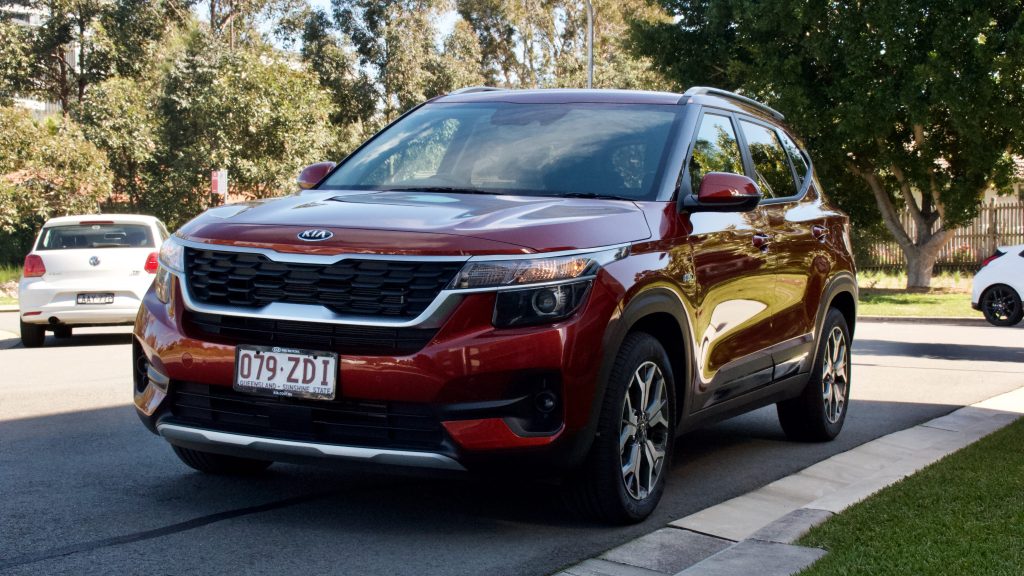
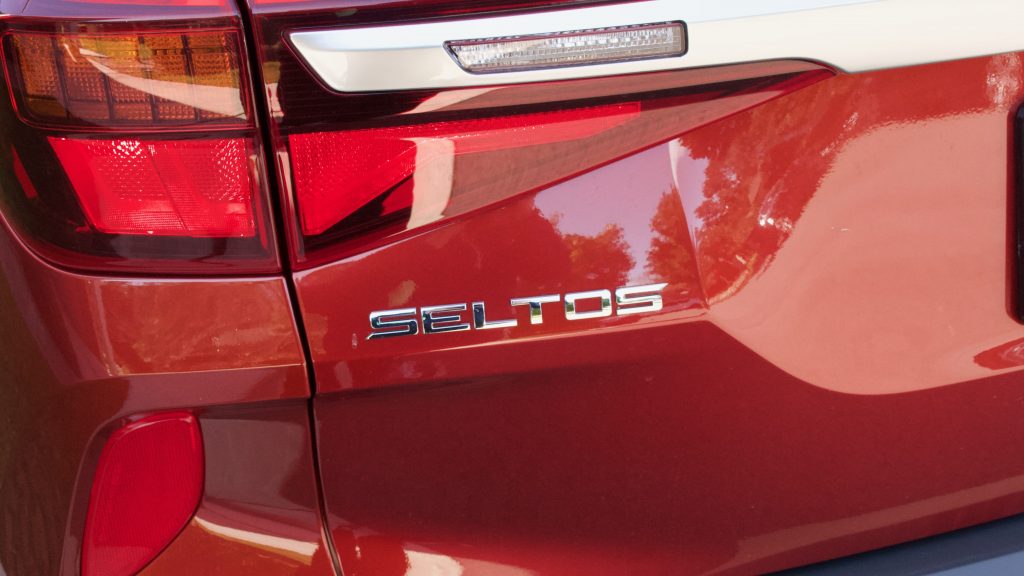
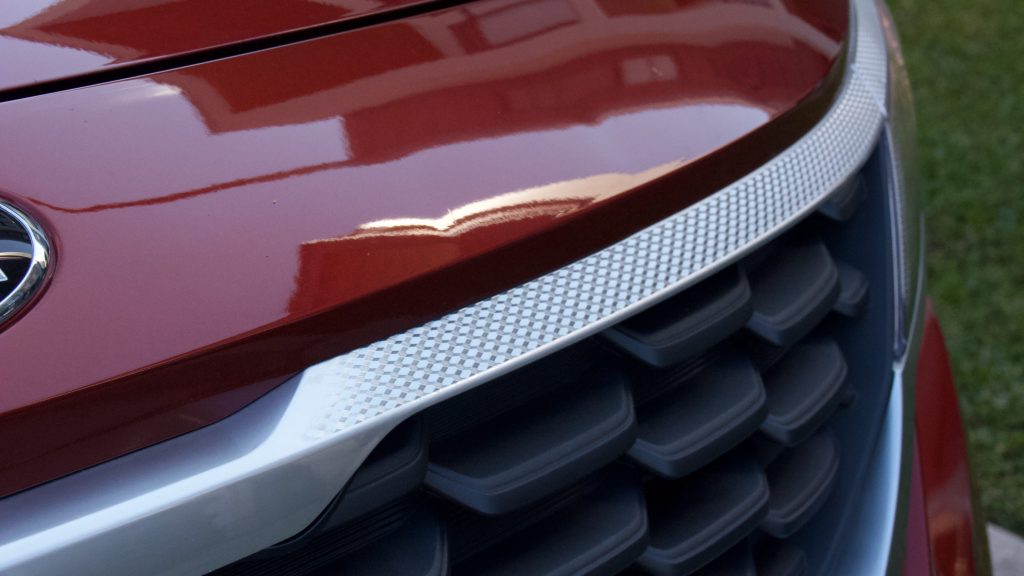
Compact SUVs initially appeared to be more of a fashion trend when compared to their rugged forebears – prioritising funky design, customisability and gimmicky plastic cladding over true practicality and versatility. Some even offered interior and boot space compared to their traditional hatchback stablemates. Blasphemy.
Fast forward to today and the Seltos has swiped the crown as Australia’s best-selling compact SUV. Has the Seltos earned its spot on top for the right reasons or is its success simply the result of an aggressive marketing campaign?
Prices & Specs: 7.0/10
The Kia Seltos range does take a bit of navigating – starting from a sensible $26,990 drive away for the S before stretching out to an eye-watering $42,990 drive away for the fully-loaded GT-Line. Since we have already experienced the Seltos in its most… ahem, rational form (you can read our review of the Seltos S here), we thought we’d see what its like with a bit more fruit.
The 2020 Kia Seltos Sport+ is the second most lavish spec in the Seltos range. You can have the Sport+ from $33,990 drive away or $37,490 drive away if you want all-wheel drive and a turbocharged engine as part of the equation. More on that in a bit.
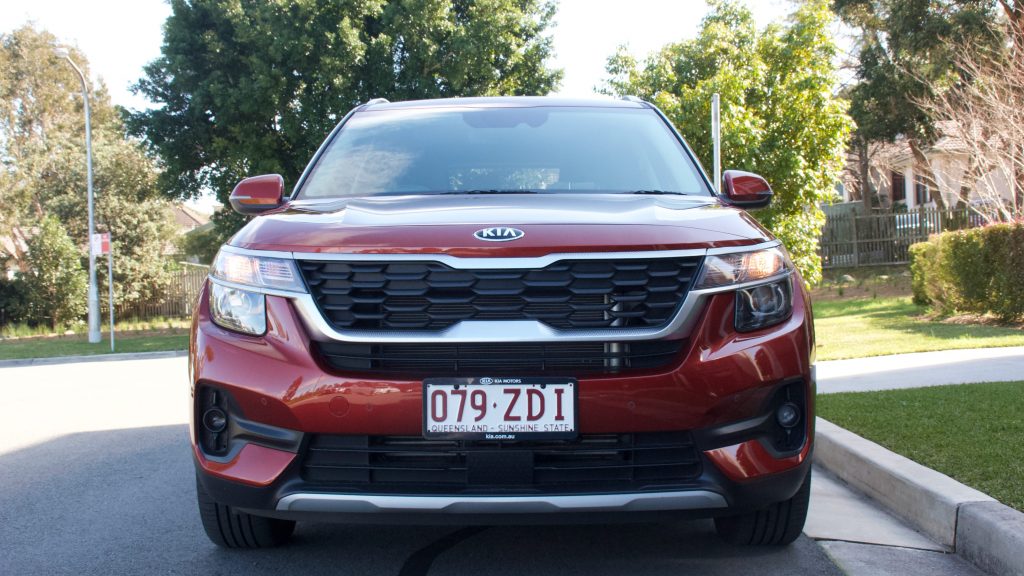
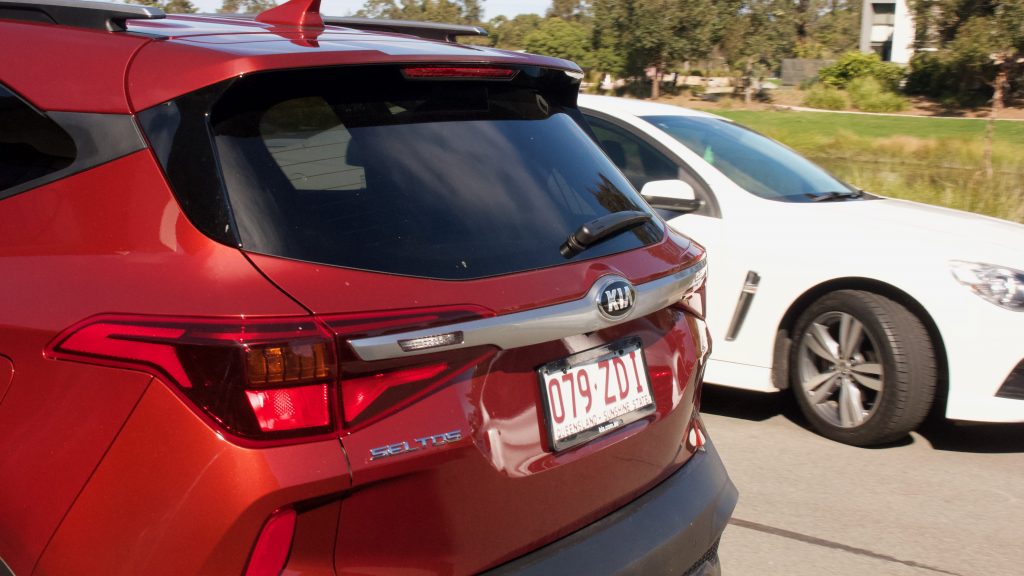
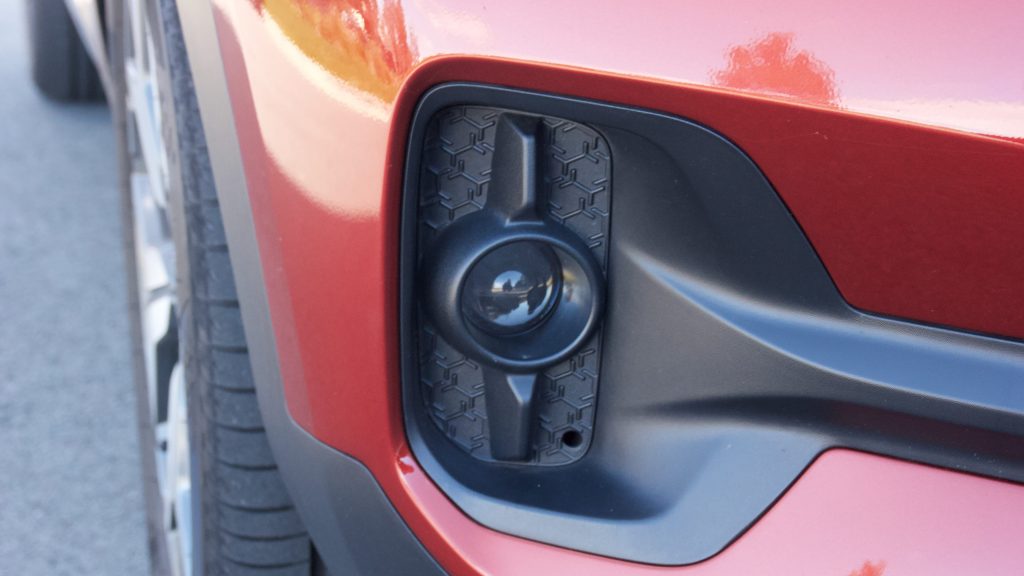
All Seltos’ come with camera-based autonomous emergency braking (AEB) system with pedestrian detection, Apple CarPlay and Android Auto, lane-keeping assist, cruise control, driver attention alert, halogen DRLs, a reversing camera, rear parking sensors and six airbags.
Climb up to the Sport+ and the advanced safety is bolstered with a more advanced radar-based AEB system that can also detect cyclists, adaptive cruise control, blind-spot monitoring, driver attention alert, rear cross-traffic alert, and larger rear disc brakes.
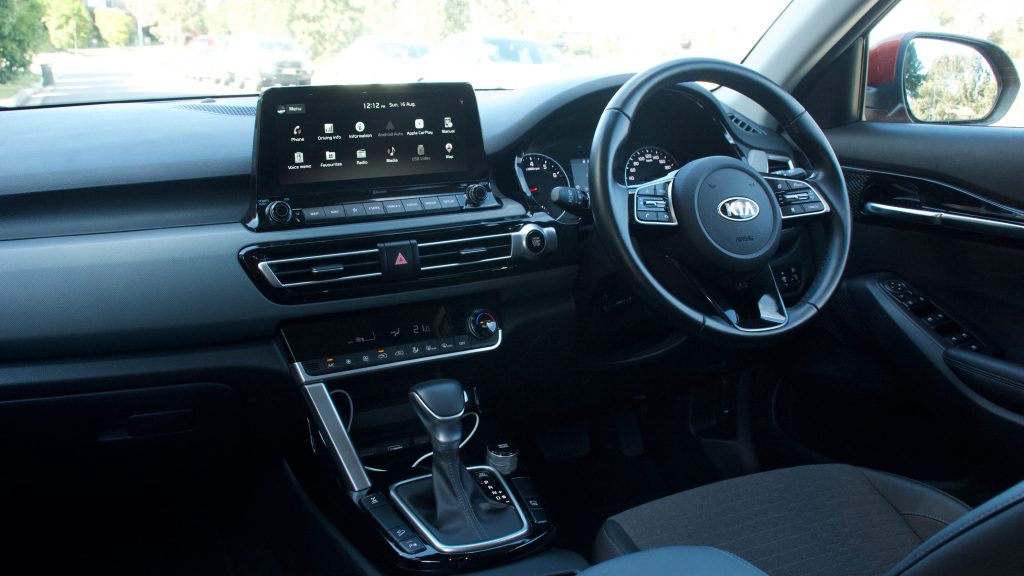
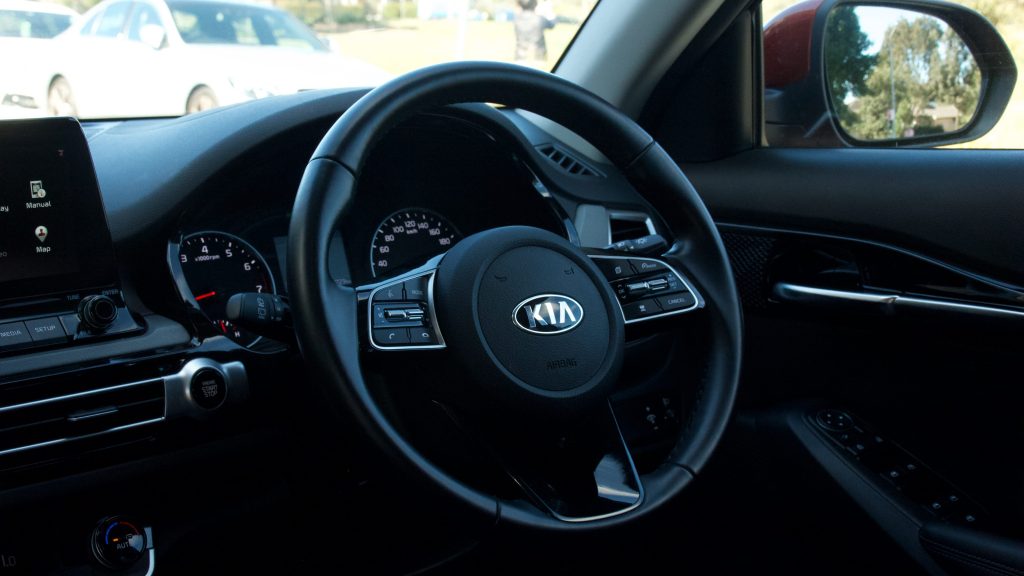
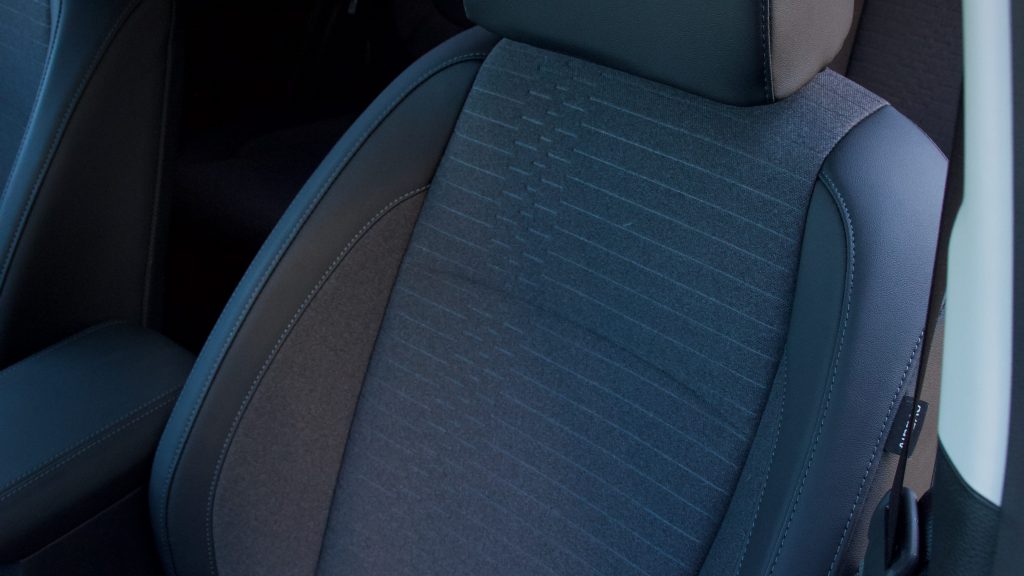
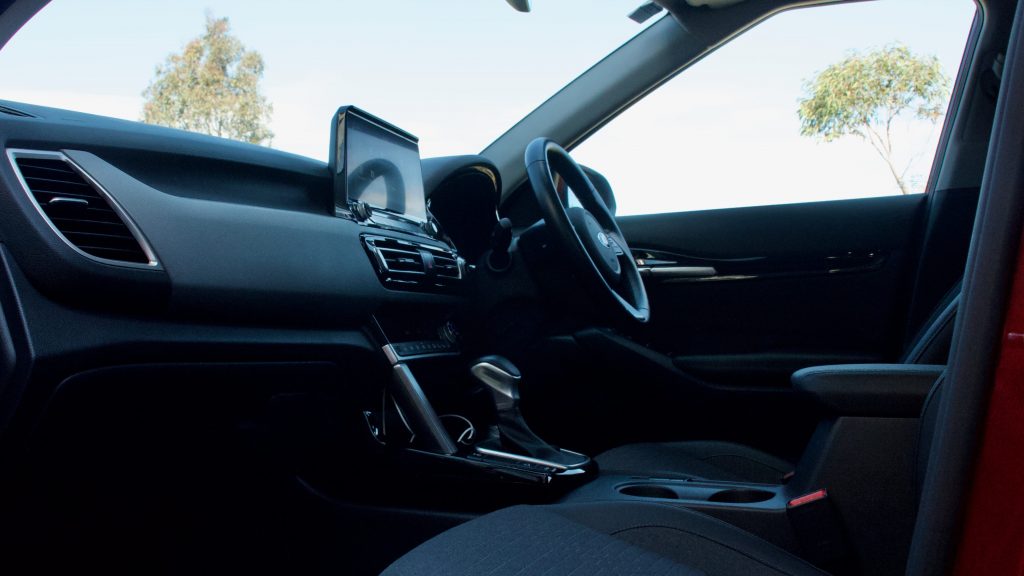
Inside the cabin, the Sport+ scores an electronic parking brake, electric folding mirrors, auto up/down driver’s window, part cloth/part artificial leather seats, single-zone climate control, proximity key with push-button start, remote start, LED interior lights, an auto-dimming mirror, front parking sensors and a luggage cover (how luxe).
The omission of LED headlights at this price point is a big shame, especially considering that older competitors like the Toyota C-HR gets it across the range.
Performance & Economy: 7.0/10
The 2020 Kia Seltos Sport+ is unique in the Seltos range as you can have it in two distinct flavours – the first being a basic 2.0-litre four-cylinder engine powering the front wheels through a CVT transmission. The second option is a 1.6-litre four-cylinder turbocharged engine that drives all four wheels through a seven-speed dual-clutch transmission. The 1.6 trumps the 2.0’s outputs by 20kW/85Nm, bringing the figure to 130kW/265Nm. We already tested the 2.0-litre in the S, so in this review we’ll have a look at the turbo and all-wheel drive is worth the extra $3,500.
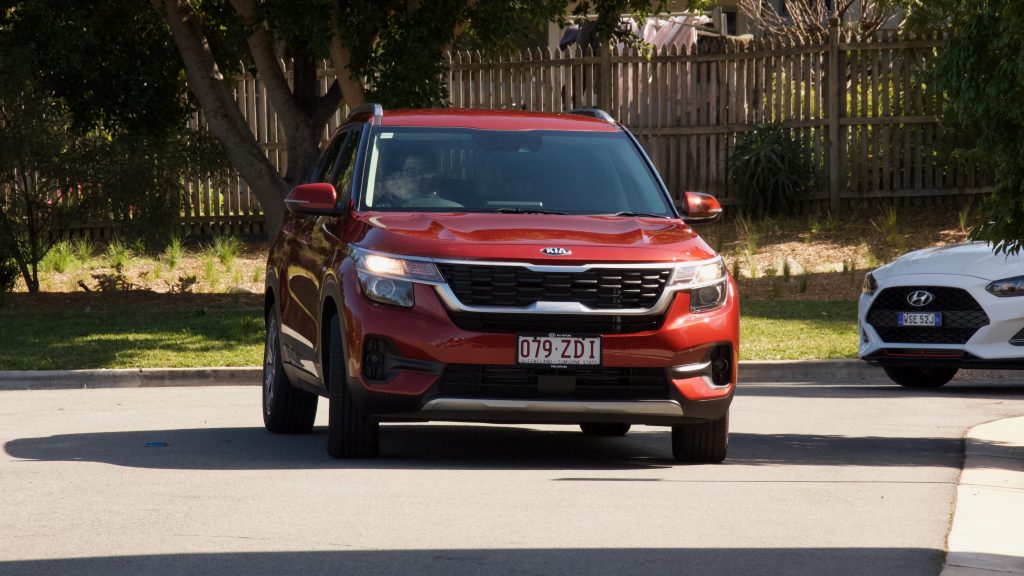
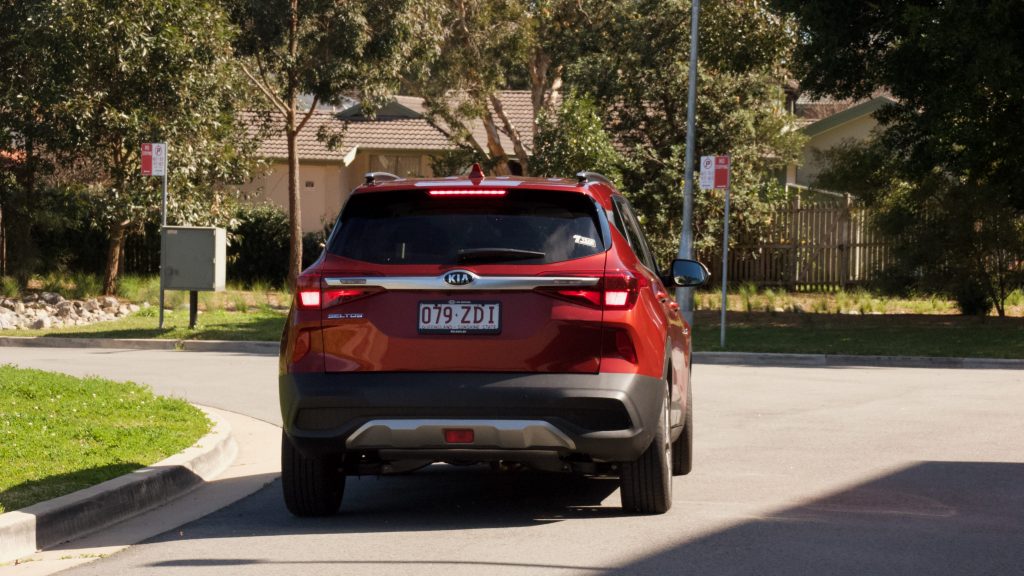
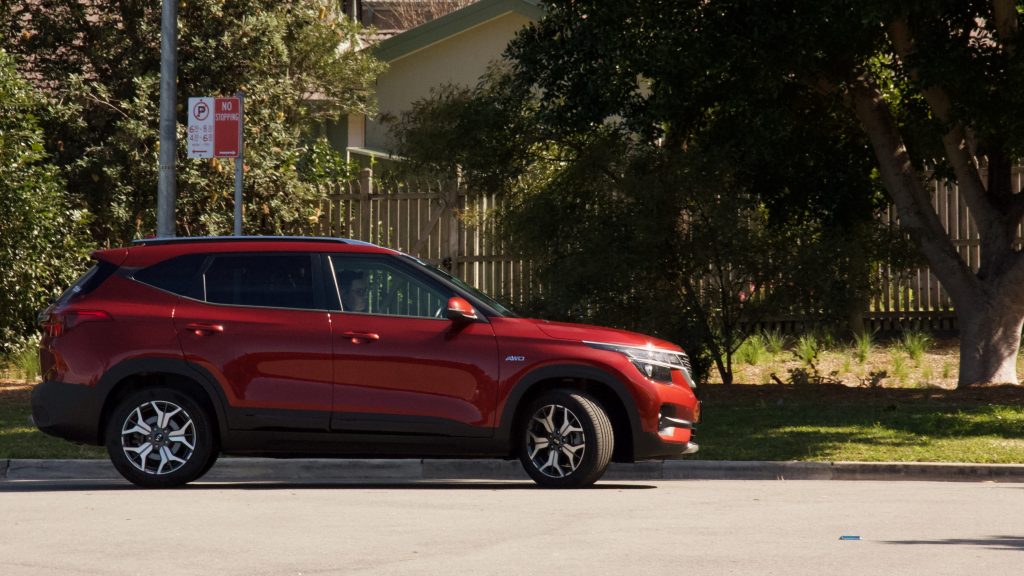
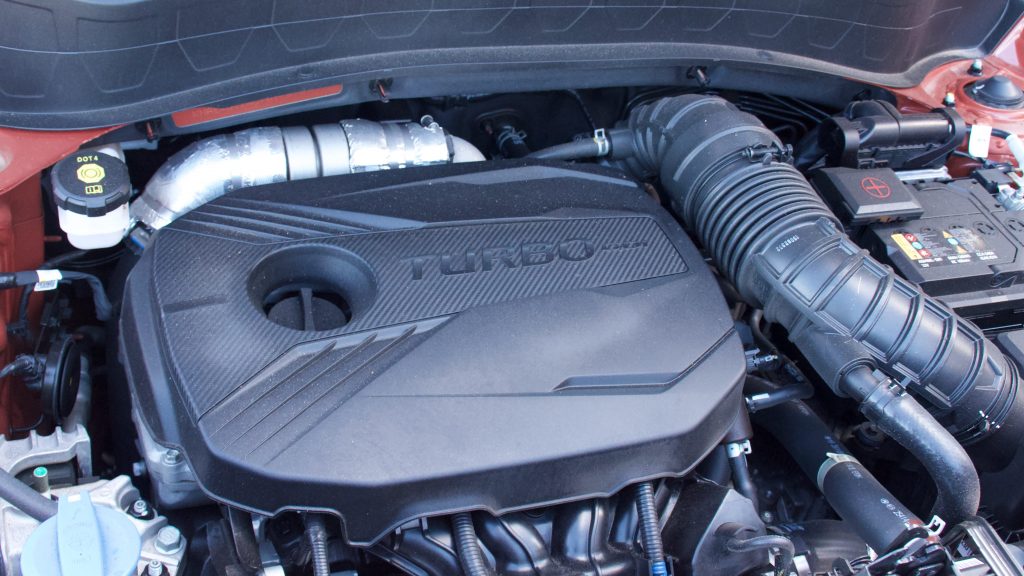
While 20kW isn’t exactly worth writing home about, it’s the 85Nm of torque you notice immediately. It makes for a much more relaxing drive since you don’t have to rev out the engine for extra pace. That’s a good thing, considering it’s not the most refined powerplant. The engine makes an oddly buzzy noise on idle and at lower revs that gives you the impression that it’s missing a layer or two of sound deadening in the firewall – interestingly we experienced that same noise in the other cars we’ve tested with this engine, including the Hyundai Veloster and Cerato GT.
“While 20kW isn’t exactly worth writing home about, it’s the 85Nm of torque you notice immediately.”
The dual-clutch transmission also lacks a final layer of refinement, sometimes second guessing itself before deciding which gear to pick or whether to fully engage the clutch at low speeds. It’s by no means a bad transmission, especially once up to speed, but the Renault Kadjar we tested recently has it beaten for low-speed calibration and intuitive gear changes. Pick up the pace and you’ll notice the dual clutch’s foibles disappear, becoming more decisive and responsive. Seltos feels genuinely quick thanks to the extra grunt and, while subtle most of the time, the all-wheel drive allows for sure-footed getaways in low-grip conditions.
Real-world fuel consumption falls short of the claimed 7.6L/100km, with our Seltos averaging 9.3L/100km over the week in mixed conditions. It’s interesting that the Seltos’ Euro-esque turbocharged drivetrain isn’t paired with a stop/start system that would no doubt help lower that figure. By comparison, the Toyota C-HR Hybrid sipped a miserly 5.2L/100km and even the Renault Kadjar with its similar 1.3 turbo managed 6.8L/100km – both figures were in our testing as well.
Ride & Handling: 9.0/10
That Kia pours money into tuning its cars to suit our unique road conditions deserves praise. The bespoke suspension tune pays dividends in the way the Seltos rides and handles, providing confidence and comfort in equal measures. Even moving up from the the S’ 16” steelies to the Sport+’s 17” alloys hasn’t been to the detriment of its polished ride quality – the Seltos still soaks up the worst of Sydney’s roads with ease.
“The bespoke suspension tune pays dividends in the way the Seltos rides and handles, providing confidence and comfort in equal measures.”
Push a bit harder and you’ll find that it’s also surprisingly engaging behind the wheel. The steering is surprisingly heavy on the move, which is a refreshing change from so many competitors that assume SUV buyers want to be able to steer with just a pinky finger (I’m looking at you, Qashqai and Kadjar). It almost encourages you to push a bit harder and chunk it into corners and, unlike the equally dynamic C-HR, it actually has the get up and go to make you feel like you’re drive a warm hatch.
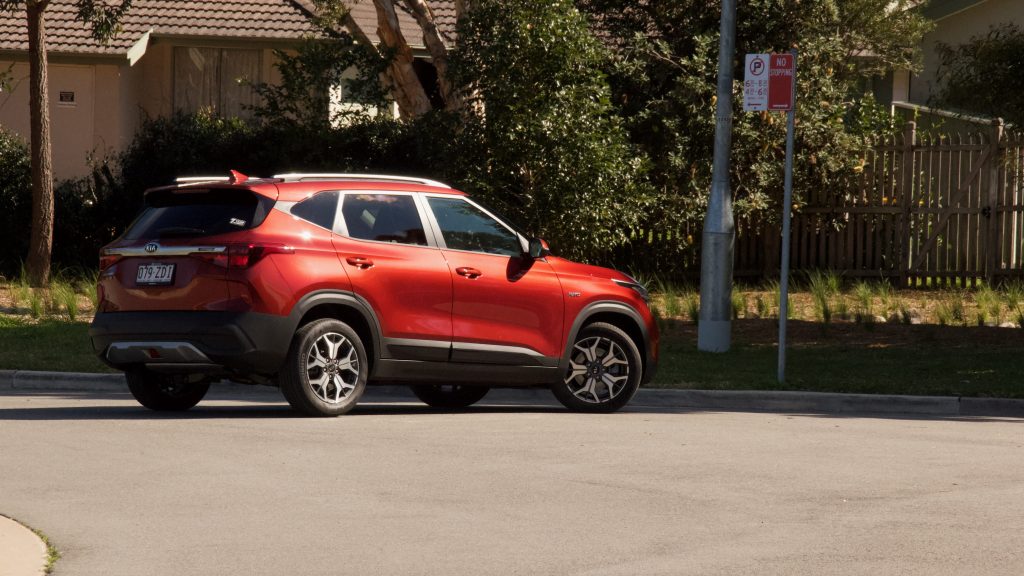
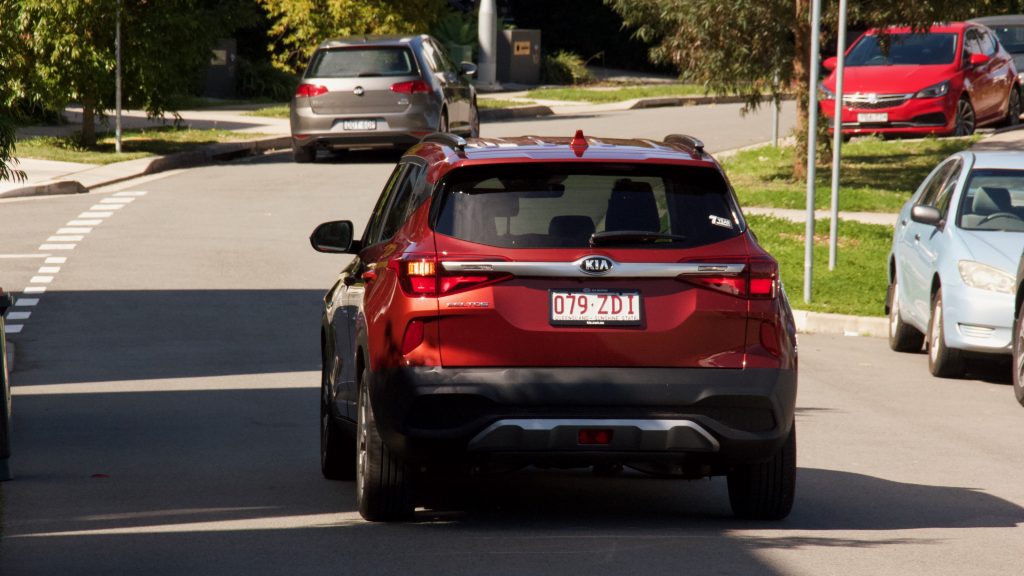
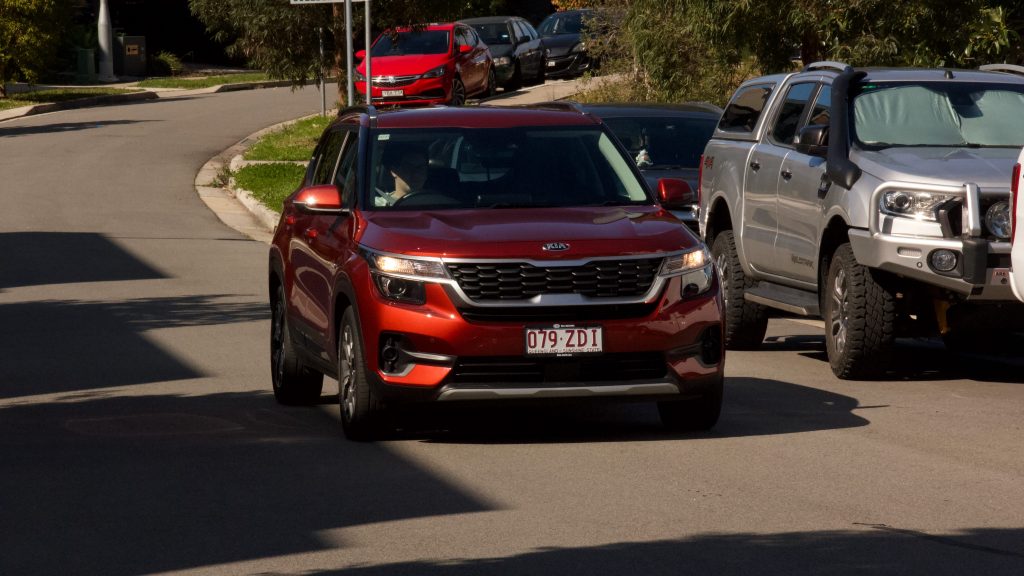
Interior & Practicality: 8.0/10
Why do most people opt for a SUV over a traditional car – space and practicality, right? Not always, with some rivals selling in big numbers despite less-than-stellar packaging and space. The 2020 Kia Seltos Sport+ on the other hand is one of the larger compact SUVs on the market – offering enough space to challenge a few SUVs from the segment above. You can easily fit two adults in the back and the 433-litre boot is only 33L smaller than that in the mid-sized Sportage. Fold the rear seats down – which you have to do from the seats themselves – and you have a seriously useful space. And you get all this space even with a full-size spare under the boot floor.
“The Seltos on the other hand is one of the larger compact SUVs on the market – offering enough space to challenge a few SUVs from the segment above.”
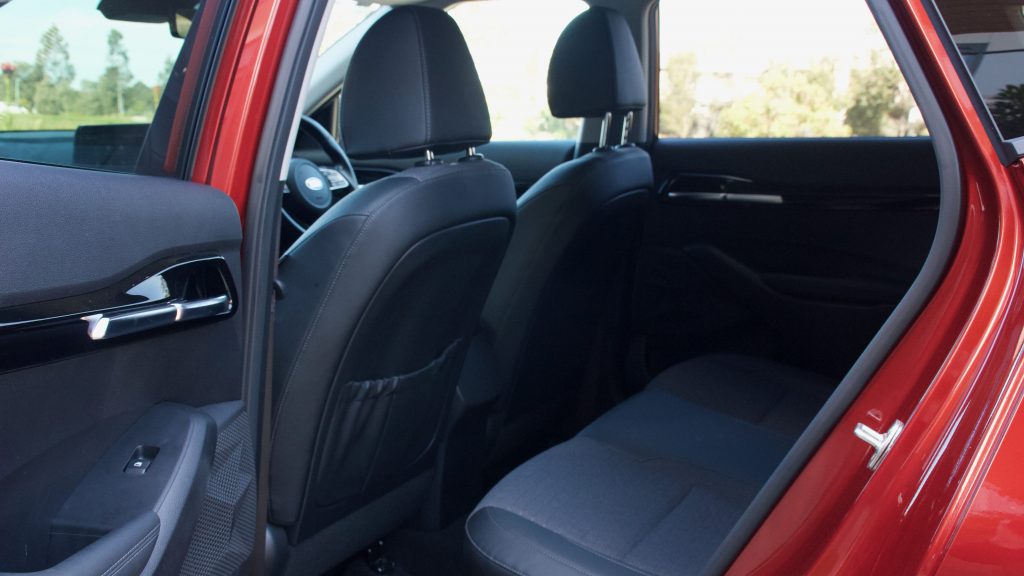
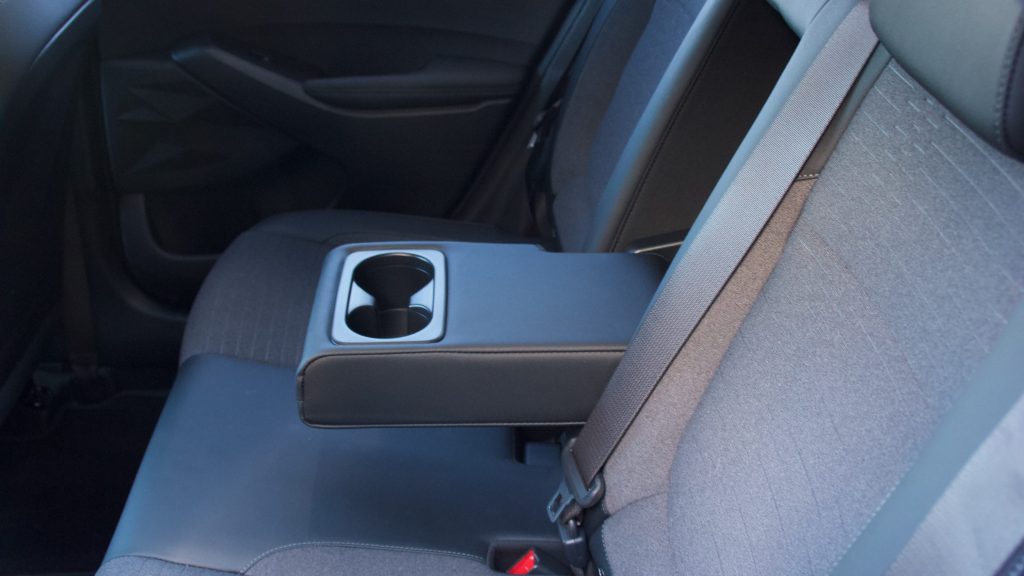
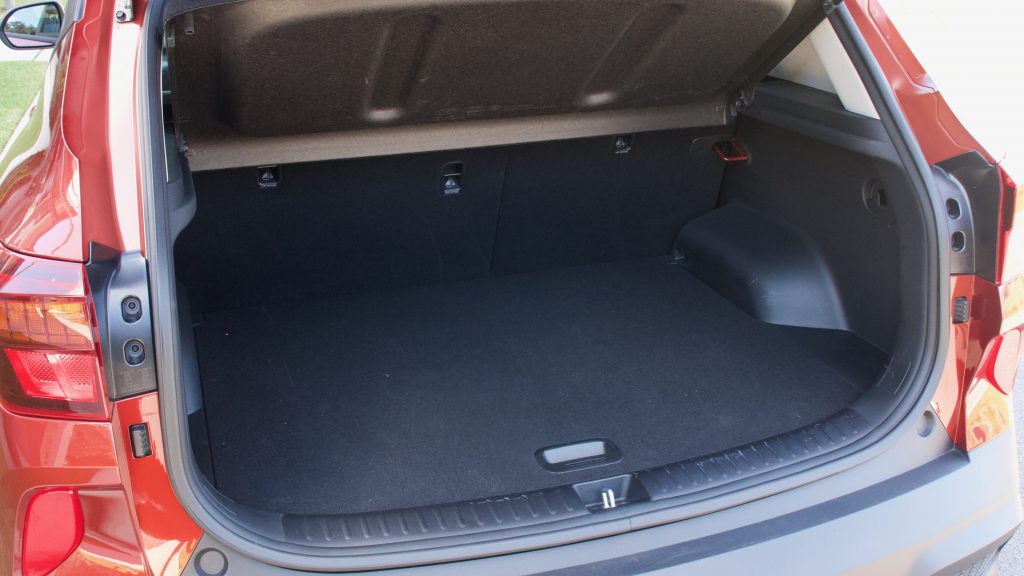
Step up to the front seat and you’ll be greeted with both good and not so good. For one, the Seltos has the difficult task of appealing to both value-driven buyers at the bottom end and buyers who want a bit more at the upper end of the segment. This means compromising on areas such as interior materials. As an entry-level S, the interior is perfectly fine and easy to justify but once you’re paying close to $40,000 for a compact SUV it’s much harder to ignore the cheap plastics. The Toyota C-HR and Renault Kadjar both feel more premium through the choice of materials used.

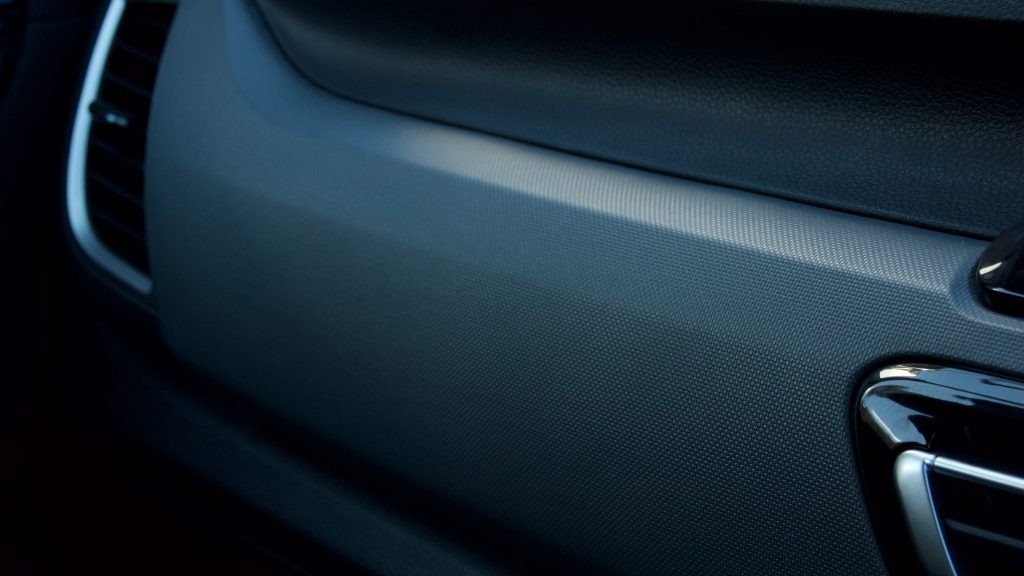
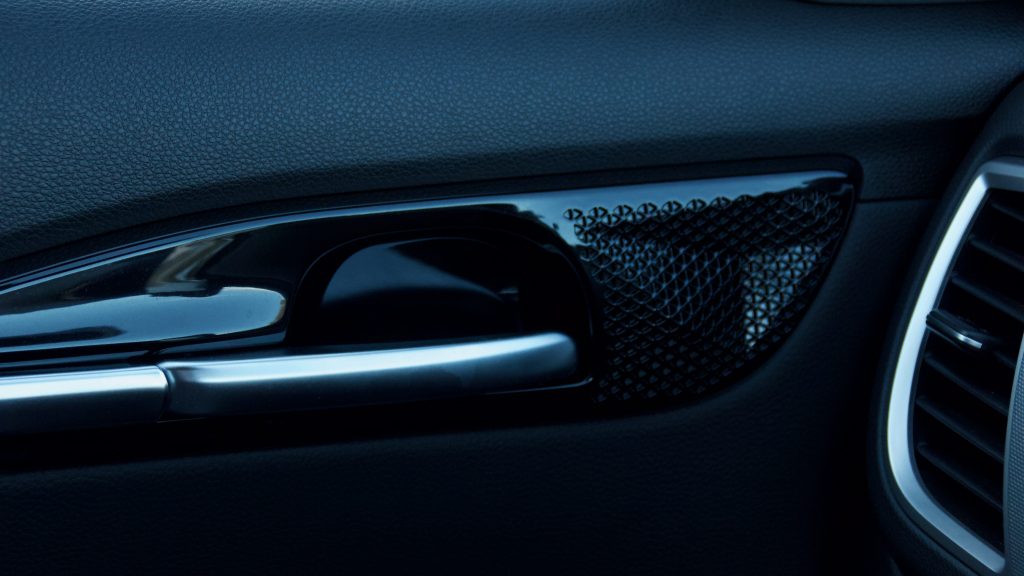
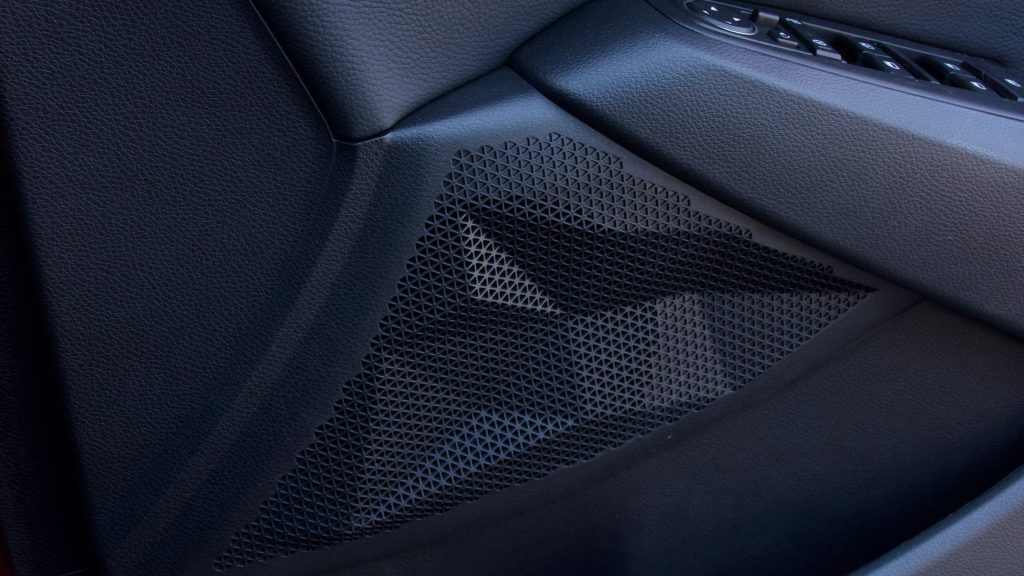

At least the design is logical and mostly looks good. There are even nice touches such as the geometric patterns in the speaker grilles, the lovely nordic-looking cloth upholstery and the rotary dial for the drive modes. This is met with irritating oversights like an electronic handbrake that doesn’t automatically engage and the omission of auto wipers. Also, why everything in the Seltos have to beep so much?
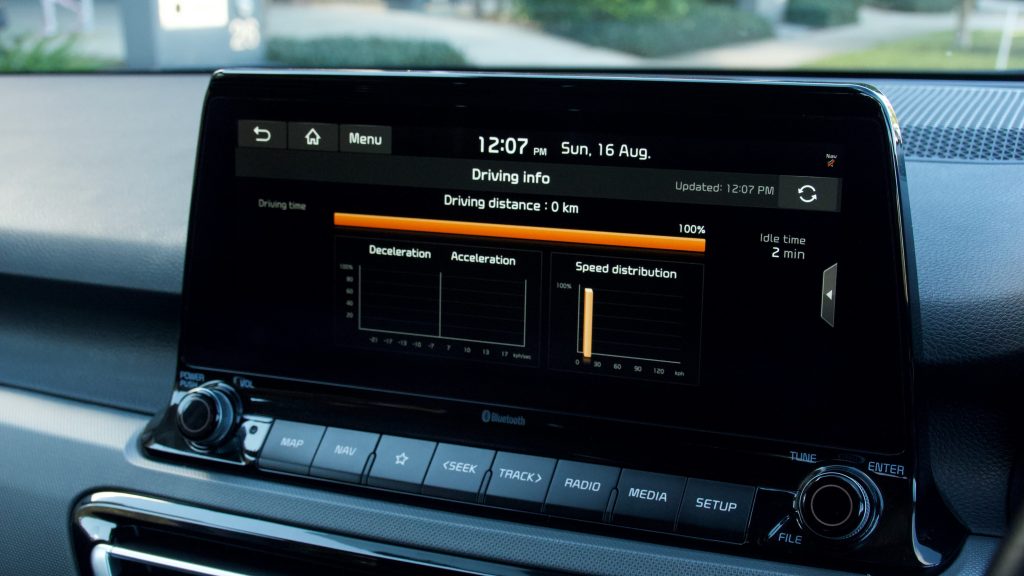
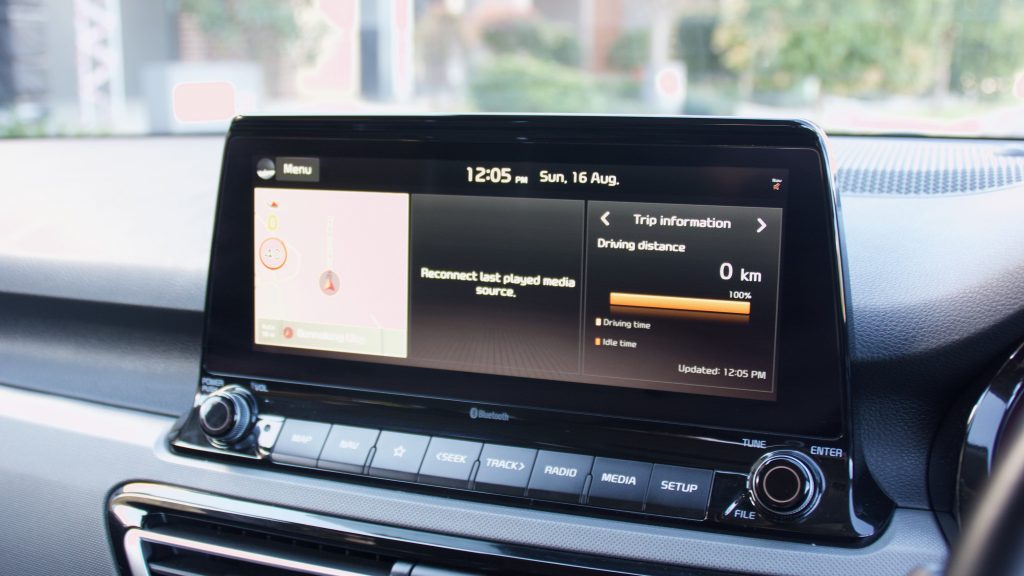
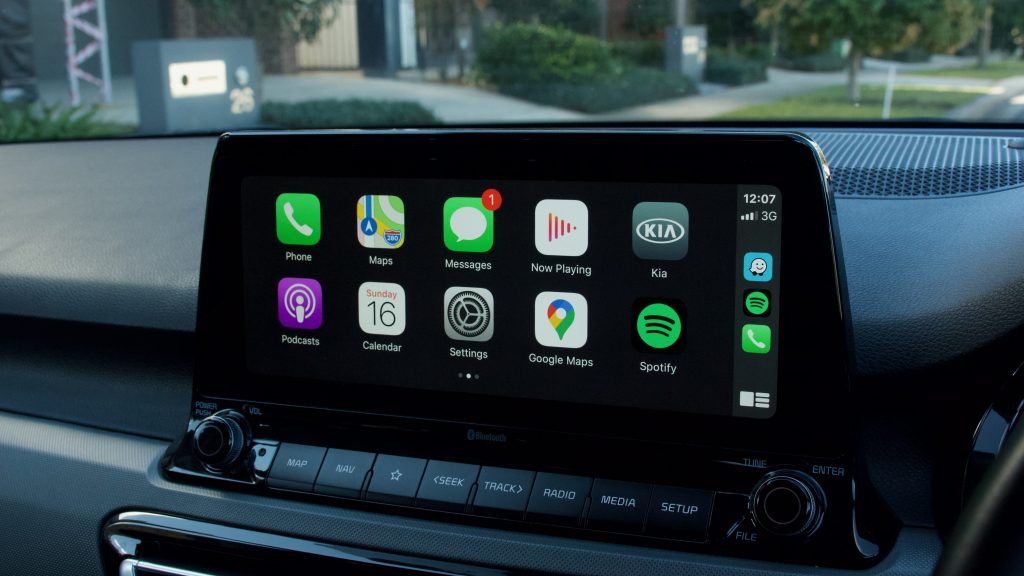
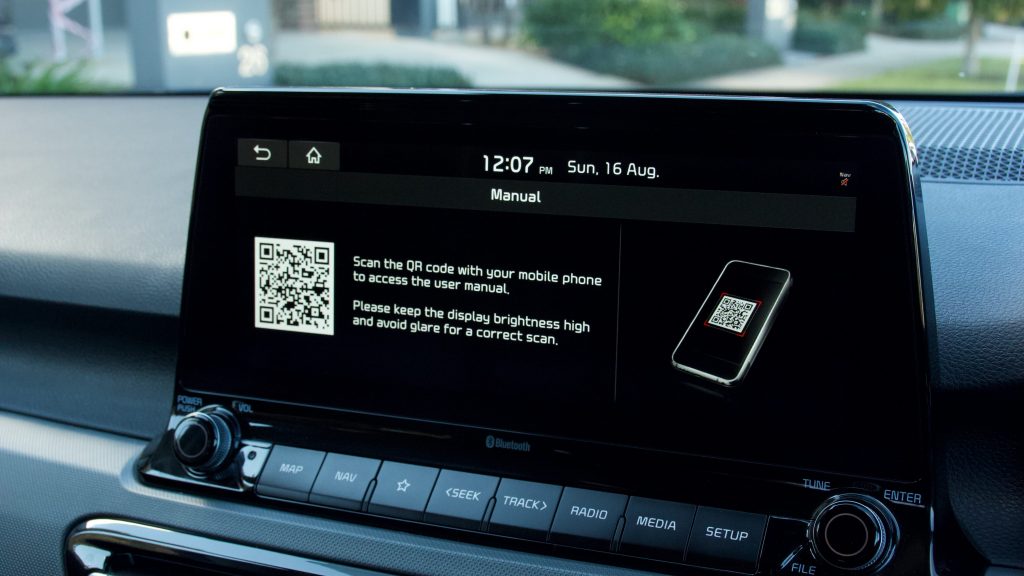
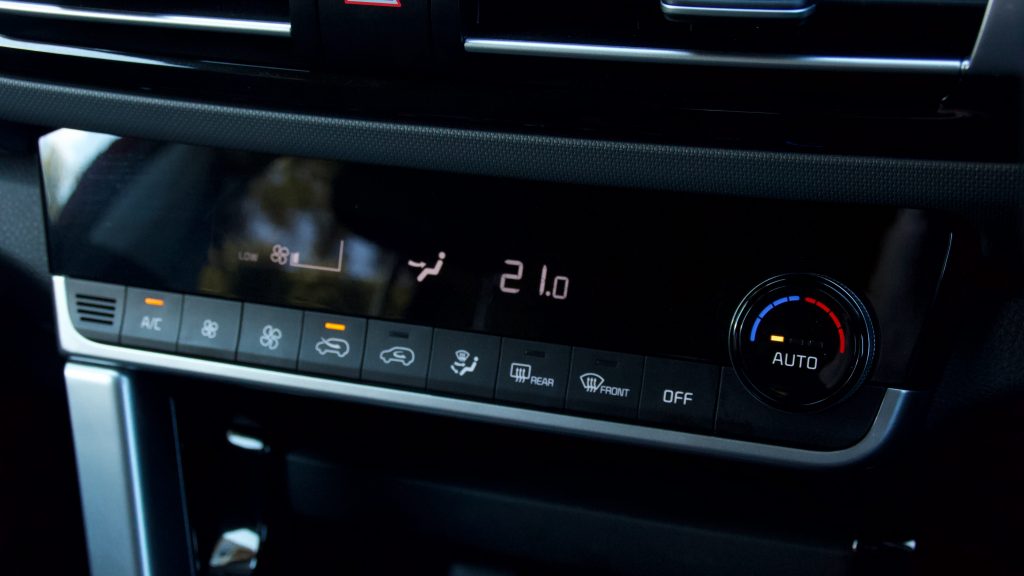
Where the 2020 Kia Seltos scores back some points is through its technology. For starters, the glorious high-definition 10.25-inch touchscreen blows the competition out of the water. It’s akin to upgrading from a bulky old TV to a beautiful, glossy HD 65” flatscreen. Even the user interface and graphics are intuitive and quick to respond. Whether you’re mirroring your phone or using Kia’s native operating system, it’s a fantastic unit. Further bolstering the tech side of the Seltos packaging is a very complete range of active safety technology to keep you and your precious cargo safe – include lane-keep assist that will tug as the steering wheel to keep you from straying out of your lane.
“…the glorious high-definition 10.25-inch touchscreen blows the competition out of the water.”
Running Costs & Warranty: 8.0/10
Kia’s seven-year/unlimited kilometre warranty continues to be among the best in the business, with only a few other brands catching up the the Korean brand. The 12 months of roadside assistance might not sound impressive, but it’s extended by a further 12 months with every scheduled service at a Kia service centre up to a maximum seven years.
The only blotch in the 2020 Kia Seltos Sport+’s otherwise excellent ownership credentials is that the 1.6-litre turbo requires servicing every year or 10,000km, rather than the yearly/15,000km intervals of the 2.0-litre and many of its competitors – the C-HR included.
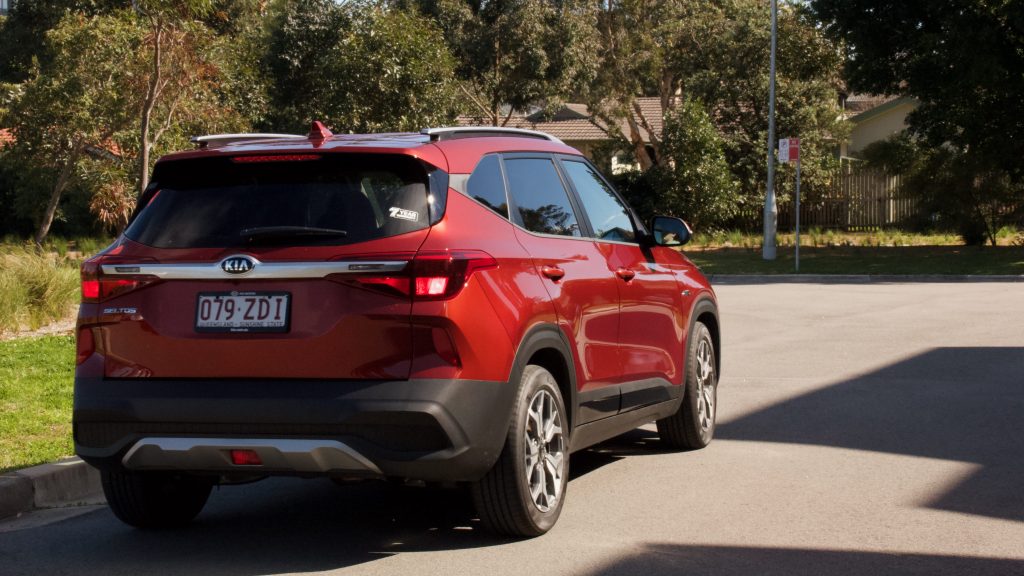

Over the first five years the Seltos 1.6 turbo will cost you $2,025. It isn’t bad value, but just remember that’s only only if stick to 50,000km in that time. Cover 70,000km in the first five years? That cost swells to $3,265, making the Toyota C-HR’s $925 over five years or 75,000km look out of this world.
2020 Kia Seltos Sport+ DiscoverAuto Rating: 7.8/10
The 2020 Kia Seltos might be the new kid on the block but it’s already made a name for itself and won over Aussie buyers looking for a versatile and practical family car with a bit of style and technology to boot. But is the Seltos best served with all the fruit or is this a case of less is more? At $37,490, the Sport+ AWD struggle to justify its keep with inferior cabin materials and finish, drivetrain that lacks polish and missing equipment such as LED lights or automatic wipers.

Where the Seltos makes more sense is the Sport with Safety Pack (duh!) for $31,490 drive away. The 2.0 and CVT makes for reasonably quick and quiet progress, the interior is more in line with the price tag yet you still majority of the technological highlights, such as that glorious 10.25-inch touchscreen and all of the advanced driver’s aids.
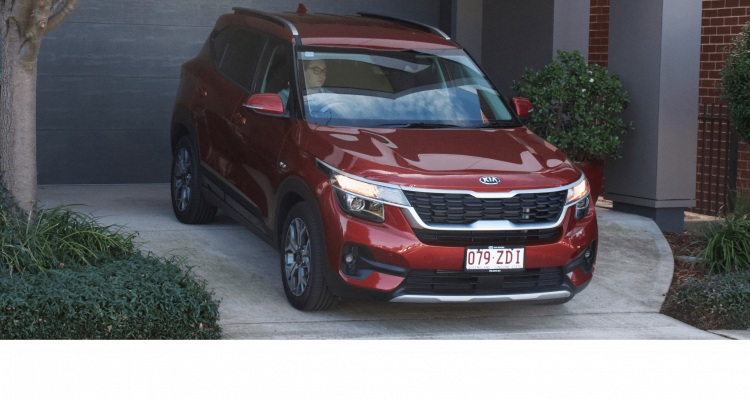
Leave a Reply